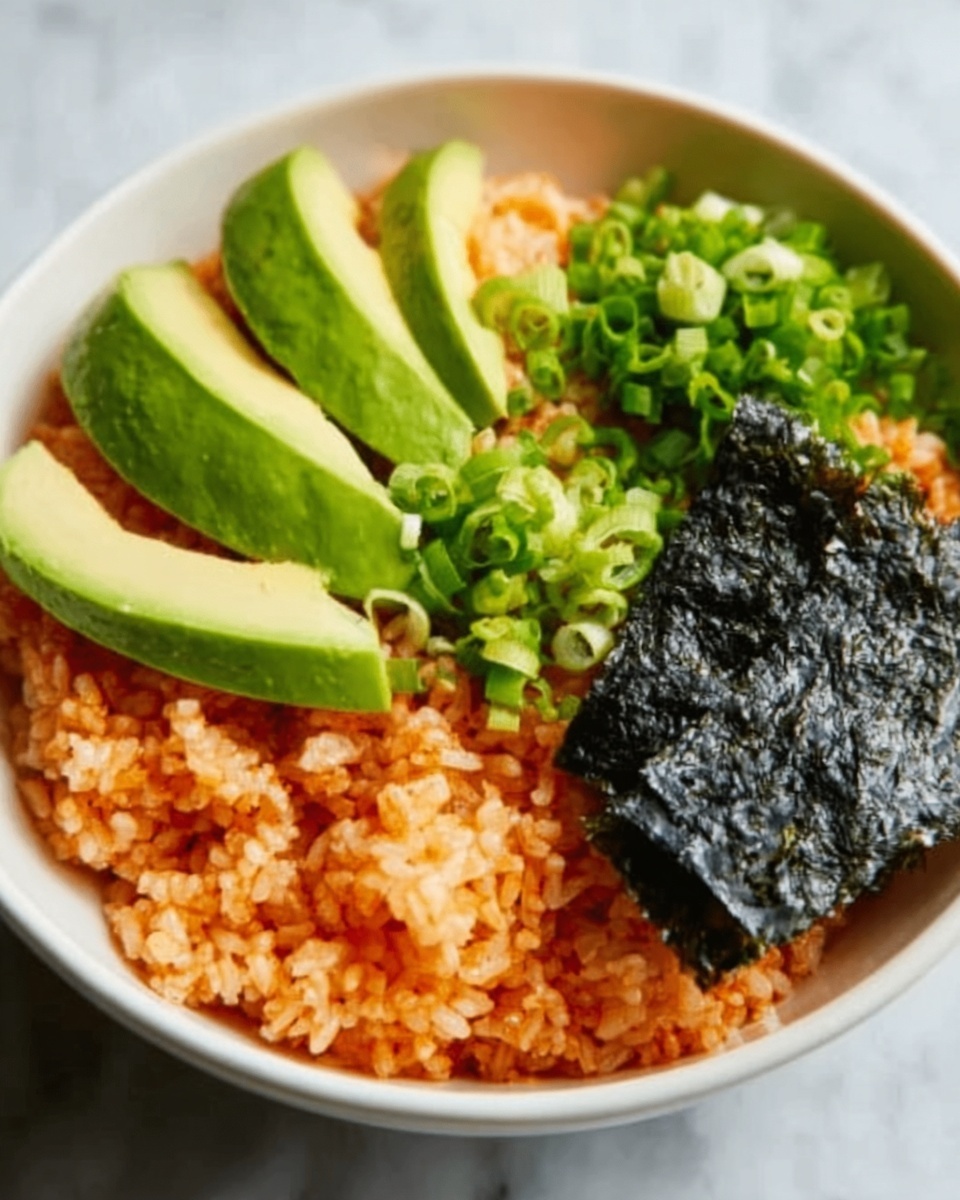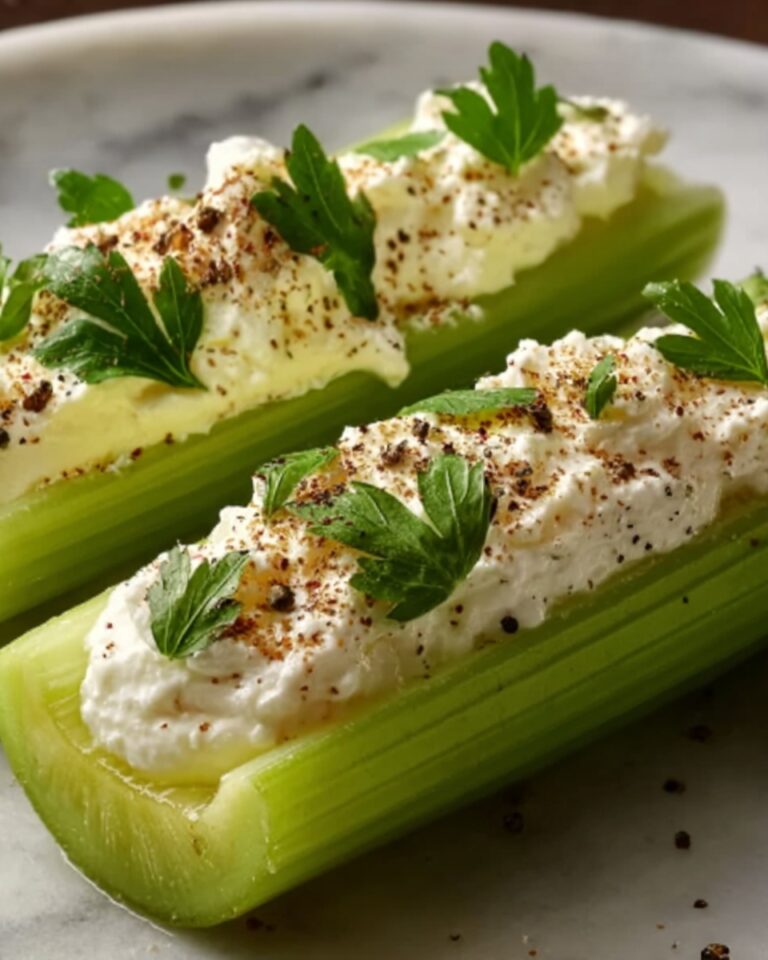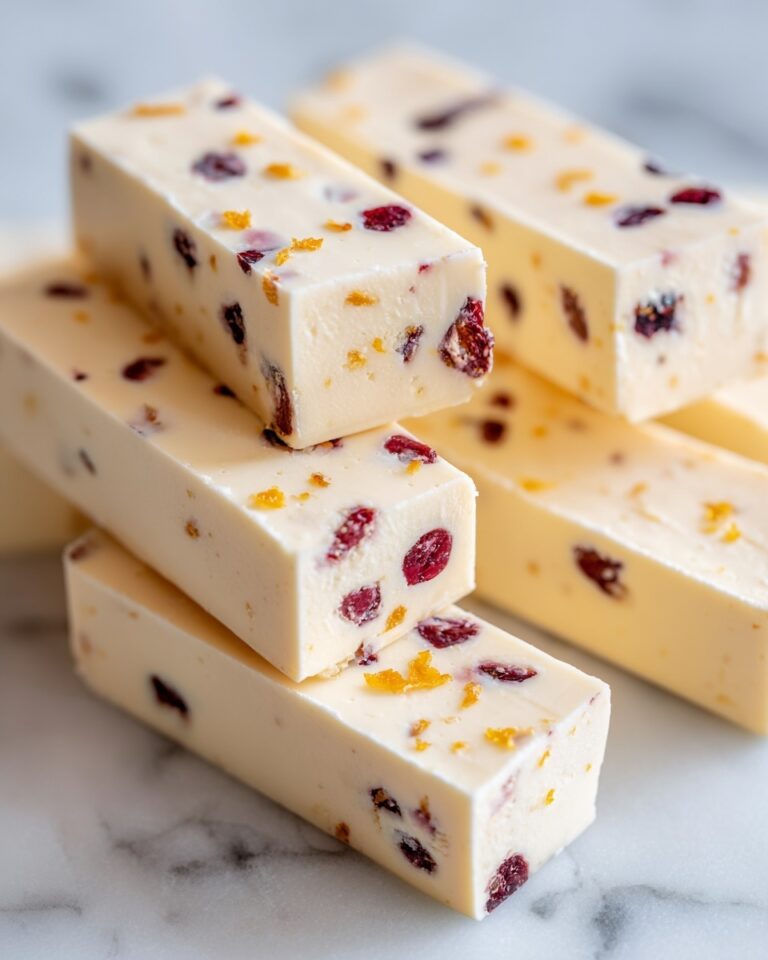If you’re looking for a quick, satisfying meal that transforms your leftover fish into something spectacular, you’ve come to the right place. This Easy Leftover Salmon Rice Bowl Recipe is perfect for busy days when you want a tasty lunch or dinner without spending much time in the kitchen. Combining tender flakes of salmon with fluffy rice, creamy avocado, and a kick of spicy sriracha, this bowl brings together flavors and textures that feel fresh and exciting—even if you’re working with leftovers. Trust me, once you try this, it’ll become a go-to meal that makes the most out of your cooked salmon in the most delicious way possible.
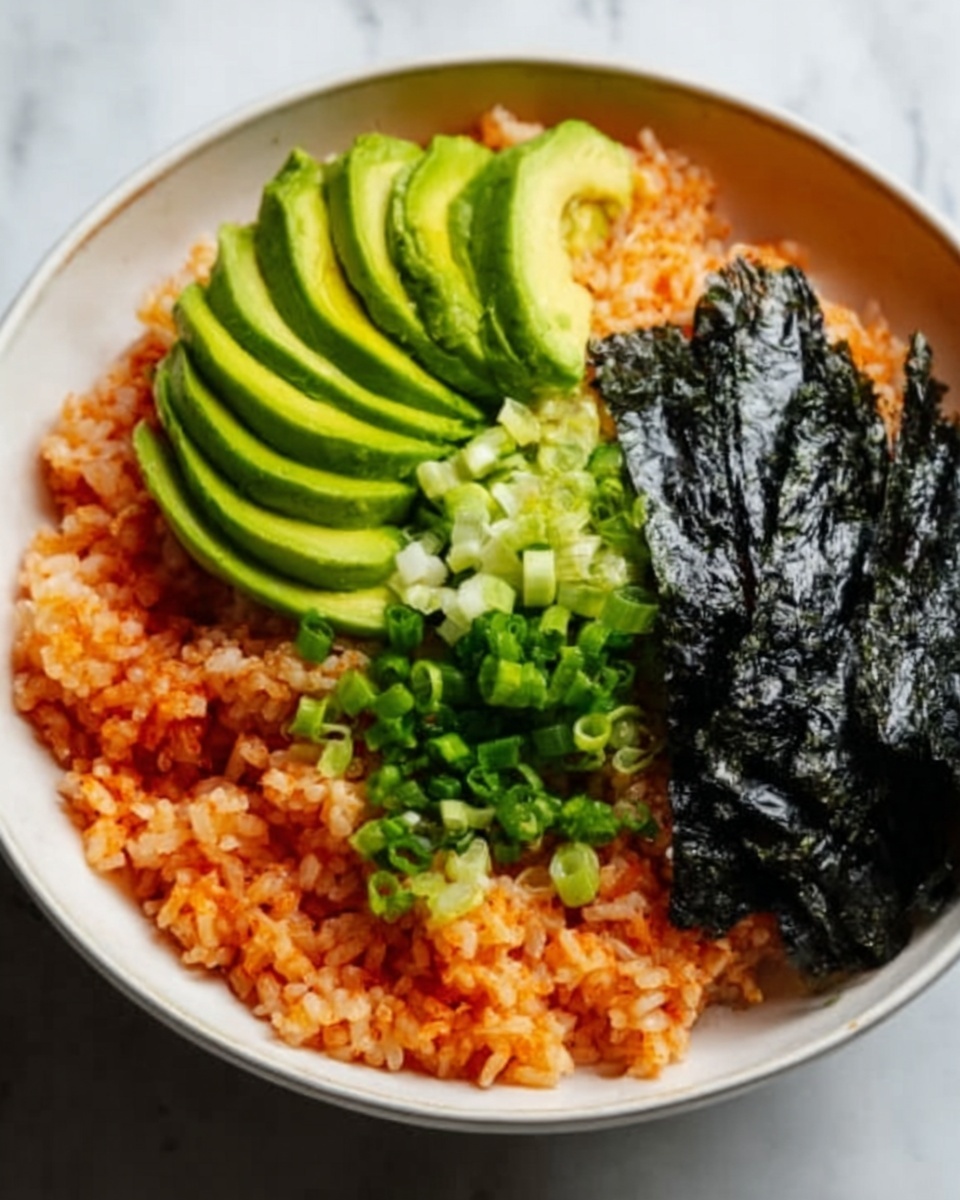
Ingredients You’ll Need
Keeping recipes simple is the secret to great everyday meals, and this Easy Leftover Salmon Rice Bowl Recipe shines because each ingredient plays a clear role—bringing flavor, texture, or color. You probably already have most of these in your kitchen, and each one helps build a bowl that’s both comforting and lively.
- 1½ cups cooked rice: The fluffy base that soaks up all the sauces and balances the flavors beautifully.
- 3 oz cooked salmon: Your star protein full of rich, tender flakes and natural oils.
- ¾ tsp tsuyu: Adds a savory, slightly sweet umami flavor; soy sauce can be used as a substitute in a pinch.
- 1 tsp Kewpie mayonnaise: This creamy Japanese mayo elevates the dish with a luscious texture and mild tang.
- 1 tsp sriracha sauce: Gives a spicy kick; feel free to adjust the heat to your taste.
- ½ avocado, sliced: Brings a cooling, buttery contrast that rounds out the sharper flavors.
- 1 tsp green onions, finely sliced: Fresh, crisp bursts that add color and mild onion flavor.
- 1-2 ice cubes: A small but clever trick to chill and loosen the rice and salmon before reheating, ensuring a perfect texture.
How to Make Easy Leftover Salmon Rice Bowl Recipe
Step 1: Prepare the Base
Start by placing your cooked rice and salmon into a microwave-safe bowl. The combination of leftover or freshly cooked ingredients works equally well here. Adding 1 or 2 ice cubes may sound unusual, but it helps cool down the mixture just enough, so when you microwave it next, the rice loosens up and doesn’t clump together. This step makes all the difference in creating a light, fluffy texture.
Step 2: Microwave the Mixture
Cover the bowl lightly with a piece of parchment paper to trap the steam without making a mess. Microwave it for about 1 to 1½ minutes, just until it’s warmed through and slightly steaming. This heating method ensures your salmon stays tender without becoming overcooked and dry, while the rice is perfectly heated.
Step 3: Remove Ice and Mix Flavors
Carefully fish out the ice cubes as they will have done their job in loosening the ingredients. Next, add your tsuyu (or soy sauce), a generous drizzle of Kewpie mayonnaise, and sriracha. Use a fork to mash everything together gently—this is where all the flavors meld and the creamy, spicy sauce envelops the flaky salmon and rice. Keep tasting to make sure you get the balance just right for your palate.
Step 4: Assemble and Garnish
Finish by layering the top with fresh slices of avocado and a sprinkle of green onions. The avocado not only adds creaminess but also a lovely contrast in flavor and texture. Feel free to add nori strips or sesame seeds for an extra punch of umami and crunch. Serve immediately to enjoy the dish at its best.
How to Serve Easy Leftover Salmon Rice Bowl Recipe

Garnishes
Garnishes are what turn a simple bowl into something special. Besides the avocado and green onions, consider adding toasted sesame seeds or crispy nori strips. These add layers of texture and that essential umami punch that complements the salmon perfectly. A small drizzle of extra Kewpie mayo or a few more dashes of sriracha on top can spice up the presentation and flavor.
Side Dishes
This bowl works wonderfully on its own but pairing it with light sides can elevate your meal. A crisp cucumber salad or quick pickled vegetables bring brightness that contrasts beautifully with the richness of the salmon and mayo. Miso soup or steamed edamame are also delightful companions that keep the meal balanced and satisfying without overwhelming the flavors.
Creative Ways to Present
For a fun twist, serve the Easy Leftover Salmon Rice Bowl Recipe in a bento box or layer it in glass jars for portable lunches. You can also add a soft-boiled egg or sprinkle furikake seasoning on top to give it a restaurant-quality feel. Wrapping small portions in nori sheets to make handrolls is another playful presentation that’s perfect for sharing or on-the-go eats.
Make Ahead and Storage
Storing Leftovers
Leftover salmon rice bowls can be stored in an airtight container in the refrigerator for up to 2 days. It’s best to keep the avocado and delicate garnishes separate until you’re ready to eat, as avocado tends to brown quickly. Storing the main mixture chilled keeps the flavors fresh without compromising texture.
Freezing
While you can freeze cooked salmon and rice separately, the combined bowl with avocado and sauces doesn’t freeze well due to changes in texture upon thawing. For best results, freeze just the salmon and rice if you anticipate leftovers, then prepare the sauce and avocado fresh when thawed. This keeps your bowl tasting vibrant and delicious.
Reheating
When reheating, sprinkle a few drops of water or add an ice cube as described in the recipe to prevent the rice from drying out. Microwave in short bursts, stirring halfway through to evenly distribute heat. Keep garnishes fresh and add them after reheating to maintain their texture and color.
FAQs
Can I use other types of fish in this rice bowl?
Absolutely! While salmon is fantastic for flavor and texture, this recipe works well with any cooked fish like tuna, cod, or mackerel. The key is to use flaky cooked protein that blends well with the rice and saucy base.
What if I don’t have tsuyu sauce? What’s a good substitute?
If you don’t have tsuyu, soy sauce is an easy and tasty alternative. To better mimic tsuyu’s complexity, you might add a small pinch of sugar or mirin if you have it. Even just soy sauce alone does a great job seasoning the dish.
Can I make this recipe vegan or vegetarian?
To adapt this recipe for vegans or vegetarians, swap out salmon for tofu or cooked mushrooms. Use vegan mayo in place of Kewpie mayonnaise and pick a plant-based soy sauce. The combination of rice, creamy avocado, and umami sauce still makes a satisfying meal.
How spicy is this rice bowl, and can I adjust that?
The spiciness mainly comes from the sriracha sauce, and you can easily adjust it to suit your taste—skip it if you prefer no heat or add more if you enjoy a spicy kick. This flexibility makes the recipe great for everyone.
Is it necessary to add ice cubes before microwaving?
Including ice cubes might seem unusual, but it really helps to chill and loosen the rice and salmon just enough so that the reheating process creates a perfectly textured bowl without dry or clumpy parts. It’s a small tip that makes a big difference, but if you’re in a rush, you can experiment without them.
Final Thoughts
I can’t recommend this Easy Leftover Salmon Rice Bowl Recipe enough for those days when you want something quick, delicious, and comforting without any fuss. It’s the perfect way to reinvent your leftovers into a meal that feels fresh and exciting every time. Give it a try—you might find that it becomes one of your favorite go-to dishes for busy weeknights or lazy weekend lunches. Enjoy every bite!
Print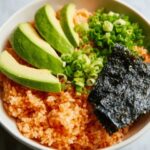
Easy Leftover Salmon Rice Bowl Recipe
- Prep Time: 2 minutes
- Cook Time: 1.5 minutes
- Total Time: 3.5 minutes
- Yield: 1 serving
- Category: Main Course
- Method: Microwaving
- Cuisine: Japanese-inspired
- Diet: Gluten Free
Description
This Easy Leftover Salmon Rice Bowl is a quick and flavorful recipe perfect for transforming cooked salmon and rice into a satisfying, comforting meal. Combining creamy avocado, a kick of sriracha, and umami-rich tsuyu or soy sauce, this bowl offers a balanced and delicious lunch or dinner in just minutes.
Ingredients
Base
- 1½ cups cooked rice (leftover or freshly cooked)
- 3 oz cooked salmon (leftover or freshly cooked)
- 1–2 ice cubes
Sauces and Seasonings
- ¾ tsp tsuyu (or soy sauce as substitute)
- 1 tsp Kewpie mayonnaise (add more to taste)
- 1 tsp sriracha sauce (add more to taste)
Toppings
- ½ avocado, sliced
- 1 tsp green onions, finely sliced
- Optional: nori for garnish
Instructions
- Prepare the Base: In a microwave-safe bowl, combine the cooked rice and salmon. Add 1-2 ice cubes to the bowl to slightly chill and loosen the ingredients for easier mixing later.
- Microwave: Cover the bowl with parchment paper and microwave on high for 1 to 1½ minutes until the mixture is heated through and just starting to steam.
- Remove Ice and Mix: Carefully remove the ice cubes from the bowl. Add the tsuyu (or soy sauce), Kewpie mayonnaise, and sriracha sauce to taste. Use a fork to mash and stir the ingredients together until well combined and creamy.
- Assemble and Garnish: Top the salmon and rice mixture with sliced avocado and finely sliced green onions. Optionally, add nori for an extra layer of flavor and texture. Serve immediately for the best taste and texture.
Notes
- Using leftover salmon and rice makes this dish quick and easy to prepare.
- You can substitute tsuyu with soy sauce if tsuyu is unavailable.
- Adjust the amount of sriracha and mayonnaise to suit your preferred spice and creaminess levels.
- Adding nori or toasted sesame seeds elevates the flavor and adds crunch.
- Use fresh salmon and rice if you don’t have leftovers; just heat lightly before mixing.

